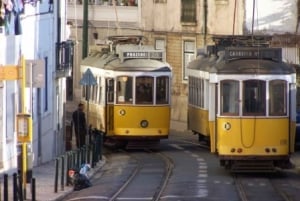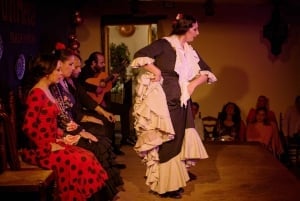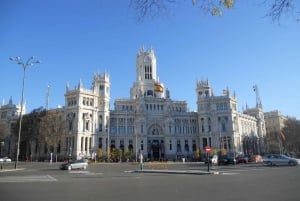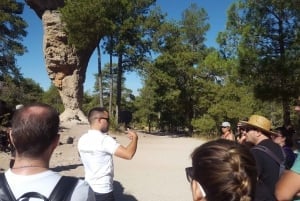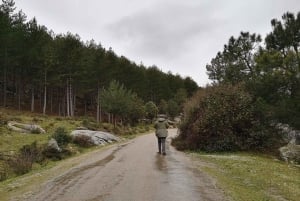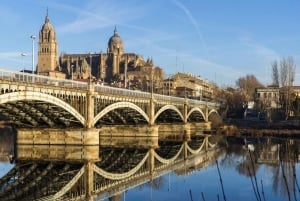Segovia
Segovia is a UNESCO Heritage Site that displays three precious icons: the Aqueduct, the Cathedral and the Alcazar. Furthermore, visitors can discover a wide range of Romanesque, Gothic and Mudejar styles.
In ancient times, rogues and traders gathered at the souk located at the Azoguejo square, facing the impressive 28m aqueduct. The aqueduct is the only monument of its type in the world. The stones that have been skillfully placed on top of each other have no mortar to fix them in place and are still as they were when it was originally constructed by the Romans.
Take Royal Street and stop at Canaleja’s viewpoint where you can admire the view over the suburb of San Millán, where the majestic Romanesque church is erected.
At this point is the house of Peaks, with the original facade and Gothic details. On the left hand side is the Alhondiga, a XV century building and former grain warehouse. Through a small staircase you can access Medina del Campo square, which is one of the most beautiful in all of Europe. From there you can see the Romanesque church of San Martín, located near the statue of Juan Bravo, as well as a beautiful fountain; the Palacio and Torreón de Lozoya from the XV century and the house of Bornos Solier; as well as theold jail, where the writer Lope de Vega was imprisoned. In the Square of Corpus Christi is a church by the same name it was formerly the Main Synagogue. The church has preserved the original Jewish decoration.
Once arriving to the Main Square, the splendid late Gothic-style Cathedral includes great treasures as well as an archive with over five hundred ancient books, among which is the first book printed in Spain. The square is enclosed by the city hall, the Juan Bravo Theater and the church of San Miguel.
The Cathedral can be identified by its tall and slender tower. Crossing the street through the narrow alley of the Mute we enter one of the few remaining Jewish Courtyards. Down the street we arrive at San Andrés gate, the heart of this neighborhood that preserves the layout of some streets at the time.
Walking to the Plaza de la Merced you will find the Romanesque church of San Andrés. From here you will find the beginning of the street of Daoíz which still has buildings of Romanesque frontage. Across the street are the gardens which lead to the Alcazar. A visit to the monument is a must. Next to it is the building of the ancient House of chemistry (where tickets can be purchased for access to the monument), which is where the law of definite proportions was discovered by French scientist Louis Proust.
Click on the link to read about Segovia Gastronomy.


